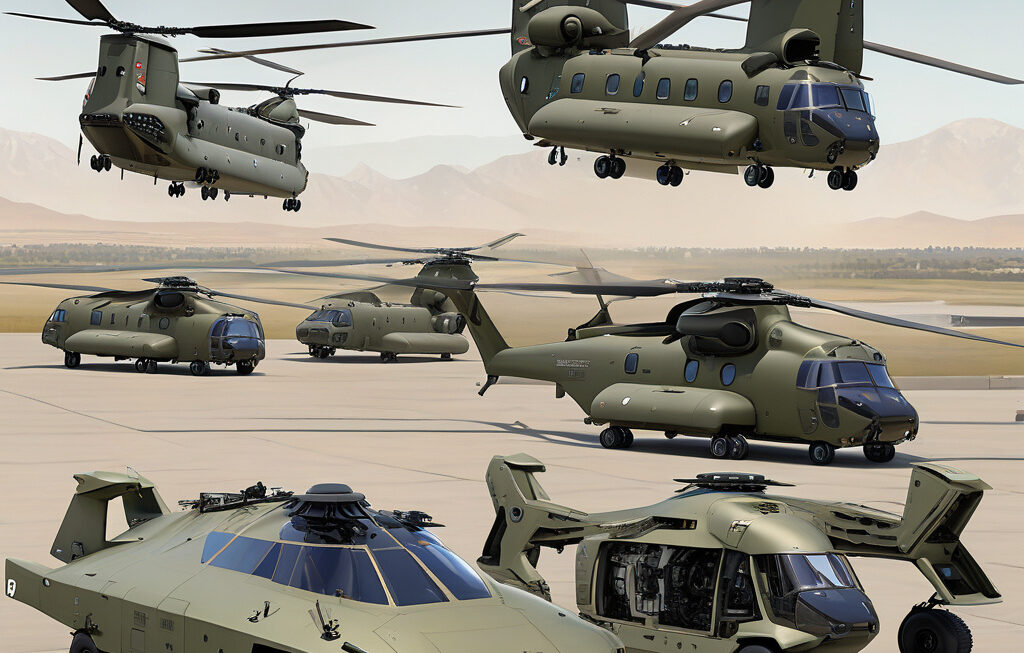World’s Fastest Supercomputer Supercharges High-Speed Vertical Landing Aircraft Design
XTI Aerospace, a company developing vertical takeoff and landing (VTOL) aircraft, announced it is accelerating its aircraft design process with the help of the world’s fastest supercomputer. This groundbreaking collaboration is set to revolutionize the aerospace industry by streamlining the development of high-speed vertical landing aircraft.
The supercomputer, renowned for its unparalleled processing speed and advanced simulation capabilities, will empower XTI Aerospace to conduct complex aerodynamic simulations, structural analyses, and system optimizations at an unprecedented pace. By harnessing the immense computational power of this technological marvel, XTI Aerospace aims to expedite the design phase, enhance performance metrics, and ultimately bring their innovative VTOL aircraft to market in record time.
One of the key advantages of leveraging the world’s fastest supercomputer in aircraft design lies in its ability to perform intricate calculations and simulations that were previously unattainable with conventional computing systems. This allows engineers and designers at XTI Aerospace to explore a myriad of design configurations, test various scenarios, and fine-tune critical components with exceptional precision, leading to optimized aerodynamics, increased efficiency, and enhanced safety features.
Moreover, the utilization of advanced simulation tools made possible by the supercomputer enables XTI Aerospace to conduct virtual flight tests, analyze system behavior under diverse operating conditions, and identify potential challenges early in the design process. By identifying and mitigating issues proactively, XTI Aerospace can minimize costly design iterations, reduce development risks, and deliver a superior product that meets the highest standards of performance and reliability.
Furthermore, the integration of artificial intelligence algorithms and machine learning models into the design workflow, facilitated by the supercomputer’s computational prowess, empowers XTI Aerospace to explore innovative design solutions, optimize aircraft performance in real-time, and continuously enhance the aircraft’s capabilities based on data-driven insights. This adaptive design approach not only accelerates the development timeline but also ensures that the final product is well-adapted to meet the evolving demands of the aerospace market.
In addition to expediting the design process and enhancing performance parameters, the collaboration between XTI Aerospace and the world’s fastest supercomputer underscores the transformative impact of cutting-edge technology on the future of aviation. By pushing the boundaries of computational innovation, XTI Aerospace is poised to set new benchmarks in high-speed vertical landing aircraft design, ushering in a new era of efficiency, sustainability, and technological advancement in the aerospace sector.
As XTI Aerospace continues to leverage the capabilities of the world’s fastest supercomputer to drive innovation and excellence in aircraft design, the implications of this collaboration extend far beyond the realm of VTOL aircraft. By demonstrating the profound benefits of integrating advanced computing technologies into aerospace engineering, XTI Aerospace inspires industry-wide adoption of transformative technologies that have the potential to reshape the future of flight.
In conclusion, the partnership between XTI Aerospace and the world’s fastest supercomputer represents a paradigm shift in high-speed vertical landing aircraft design, showcasing the immense potential of computational innovation to propel the aerospace industry towards unprecedented levels of performance and efficiency. With this pioneering collaboration, XTI Aerospace is not only redefining the boundaries of aircraft design but also shaping the future of aviation in a digital age.
supercomputer, XTI Aerospace, aircraft design, VTOL aircraft, aerospace industry












